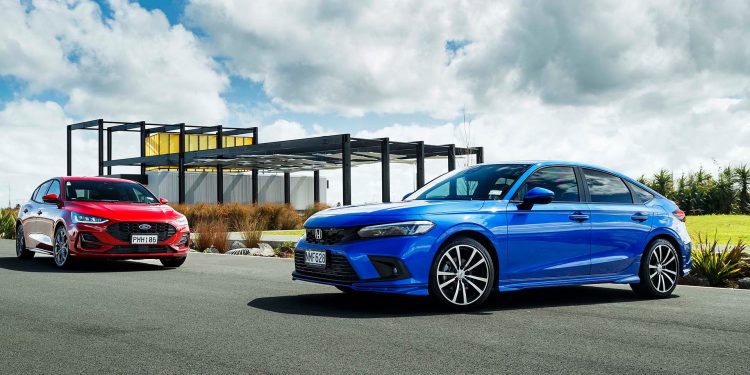2022 Ford Focus ST-Line X MHEV vs Honda Civic Mugen comparison review
Words: Peter Louisson | Photos: Tom Gasnier
For those hatch lovers amongst you, here are two modern crackers. Which of the Civic Mugen and Focus ST-Line X MHEV gets our vote?
It’s renewal time for two small family faves. The eleventh-generation Civic arrives just as Honda celebrates its 50th anniversary. The company is said to have sold over 27.5m of these since it launched in 1972 versus 15 million Focus units, since 1998. Therefore, the two are roughly as popular as each other.
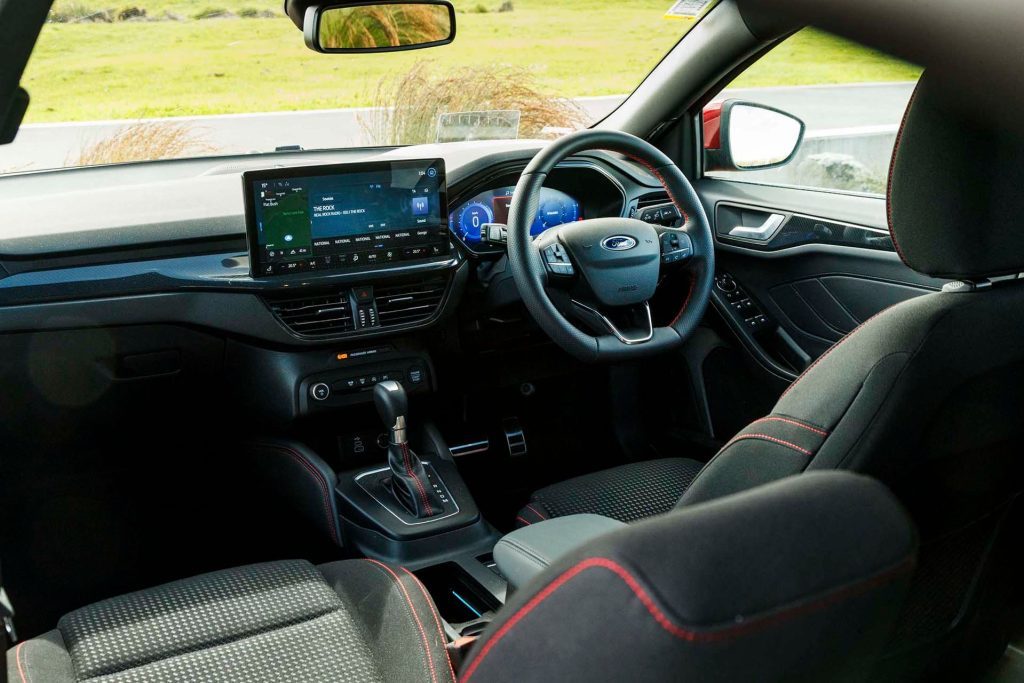
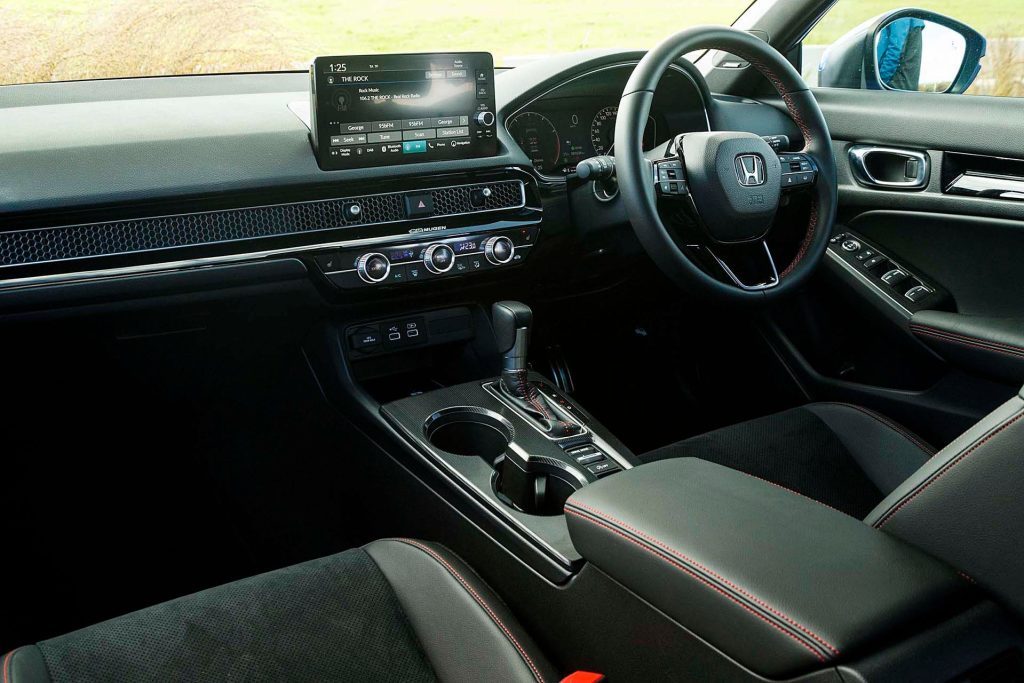
In many ways they are rather similar, both having grown a class size in their lifetimes, Focus now 4.4m in length, Civic 4.56m.
The latest generation Civic we reported on here last year, so just a brief recap. The styling is now less angular, sportier, especially this Mugen variant with its mild rather than wild body kit – they don’t want to steal the limelight from the Type R, right?
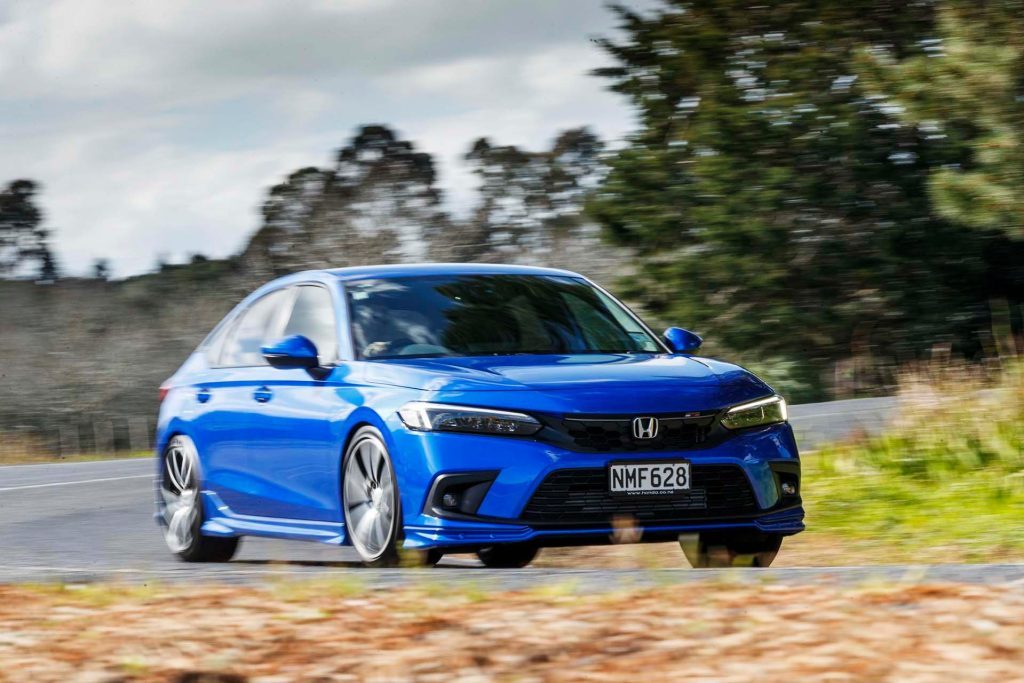
Mugen has other subtle enhancements too, like different grille trim, door handle protection, sill garnishes and Mugen emblems inside and out. Its asking price is $52k plus ORCs, $5k more than the Sport. That includes all the Mugen parts, matching paint and the fitting of the parts. Our’s also featured a sportier exhaust ($3630) and lightweight forged FS10 wheels ($7369), taking the total to almost $63k. We’d not bother with the wheels given the original’s look good, nor the exhaust for other reasons. Neither model is subject to the government’s clean car tax. The Mugen kit is cosmetic only; both Civics feature an updated 1.5T engine and fettled CVT.
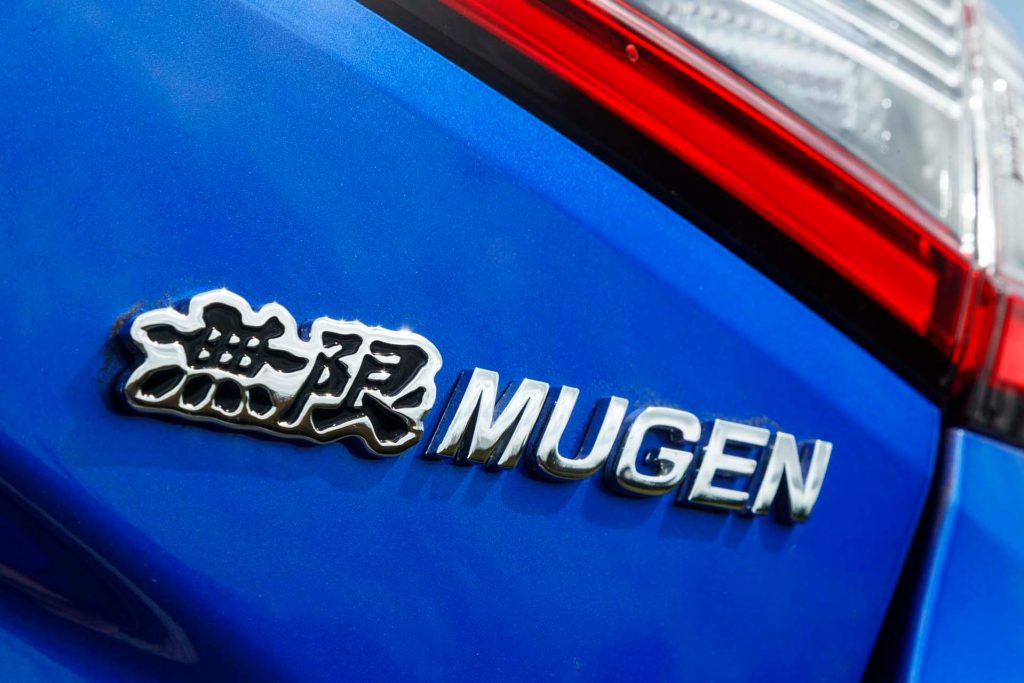
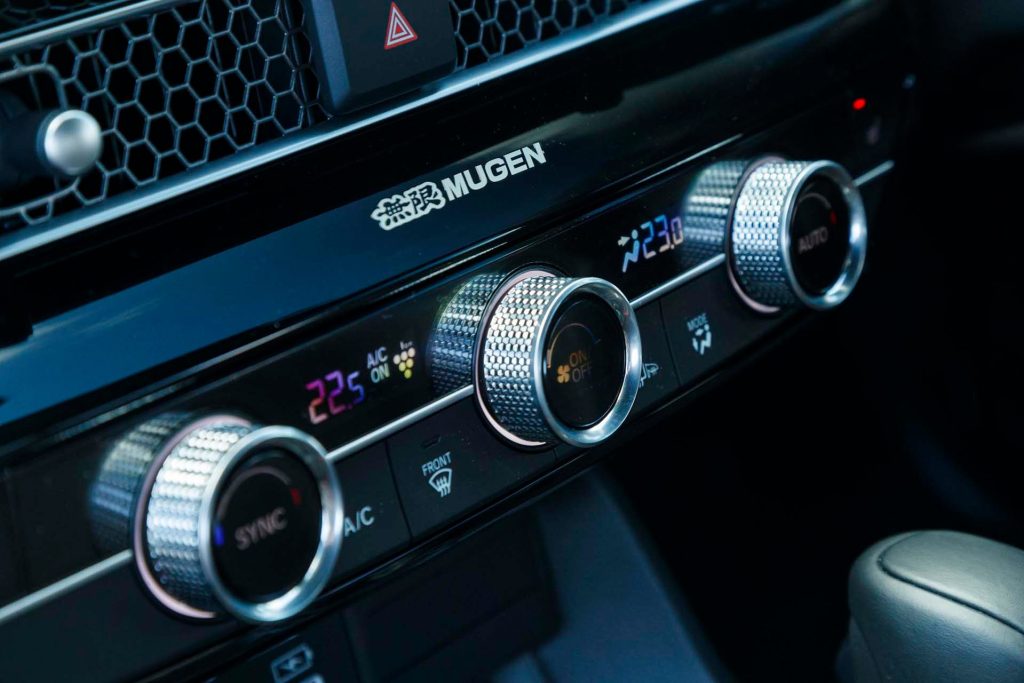
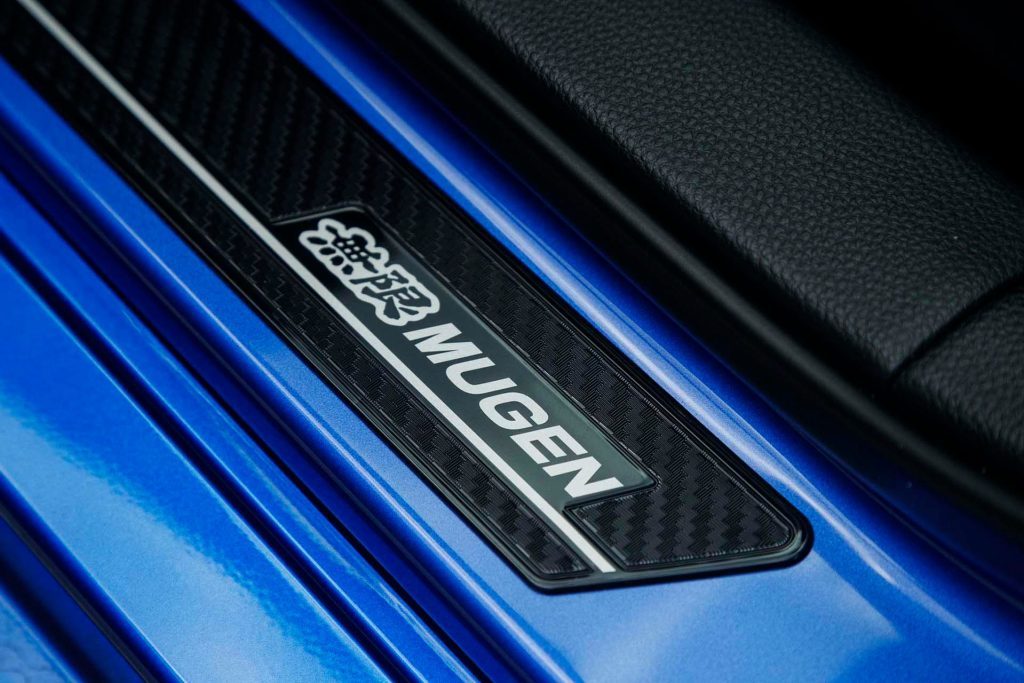
Focus has just undergone a midlife update, now with a mild hybrid power unit. Gone is the 1.5T and in its place a 48V hybrid powertrain for both the higher riding Focus Active, now the entry level model at $38,490, and also the regular ride height $42,990 Focus ST-Line X, seen here. Focus ST rounds out the line-up.
Freshened Focus features a few minor styling changes outside but the cabin gets a real lift. The most obvious change is the move to a huge 13.2-inch screen powered by Ford’s SYNC 4 system. And the rotary gear selector is gone, in its place a regular stick, only there’s no Sport position or manual sequential gate, just paddles on the wheel which sometimes don’t trigger when activated.
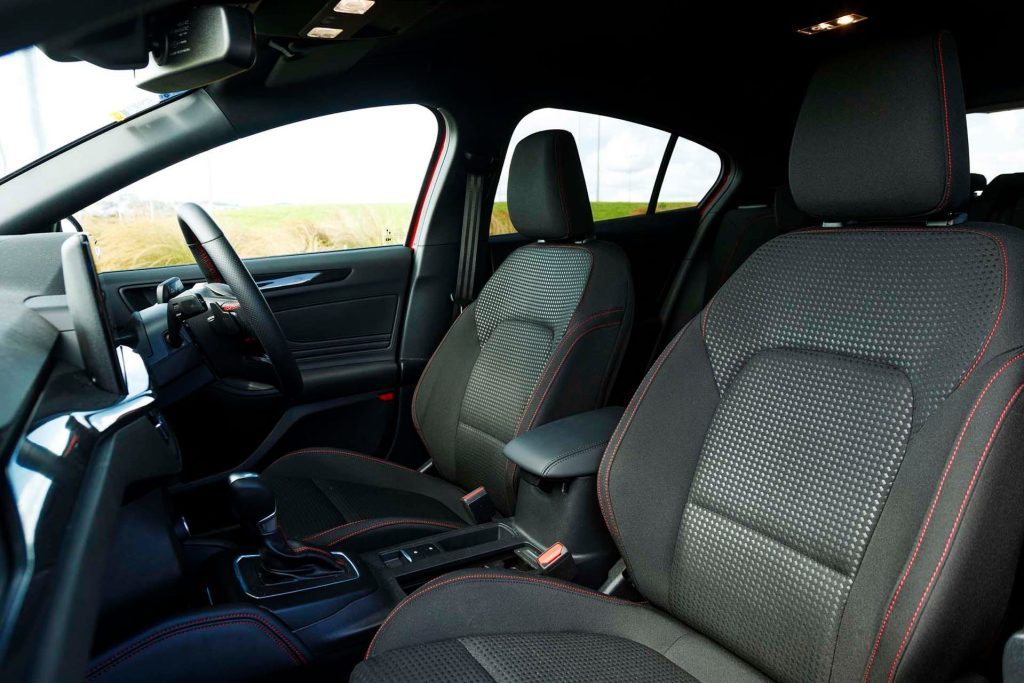
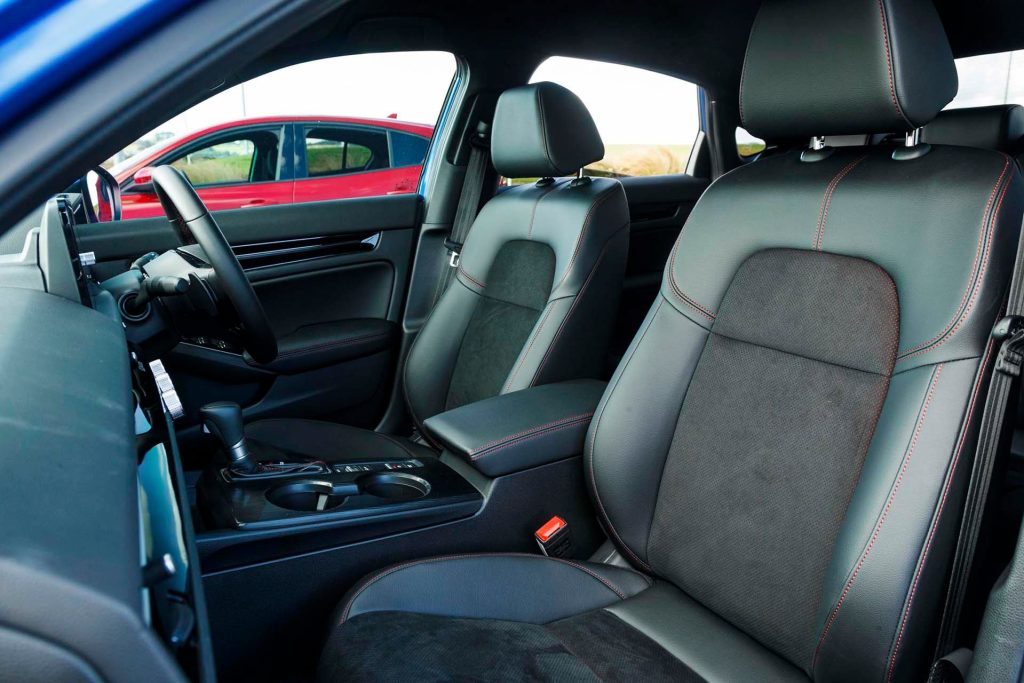
With the new electrified 48-volt EcoBoost hybrid powertrain comes a shift to a seven-speed dual-clutch transmission. Under the reshaped bonnet is a 114kW/190Nm 1.0T triple, while system output is 114kW and 240Nm thanks to a boost from an integrated belt-starter generator. During coasting and braking, regenerated energy is sent to a lithium-ion battery and the BSG draws power from that, giving the engine a leg up, especially at low revs. Engine stops and restarts in particular are almost imperceptible.
The claimed combined fuel figure is 4.8L/100km (117g/km), its favoured tipple being premium. At pick up, the long term figure was sitting on 6.1, and that’s what it was on the return, with a high of just under 9L/100km.
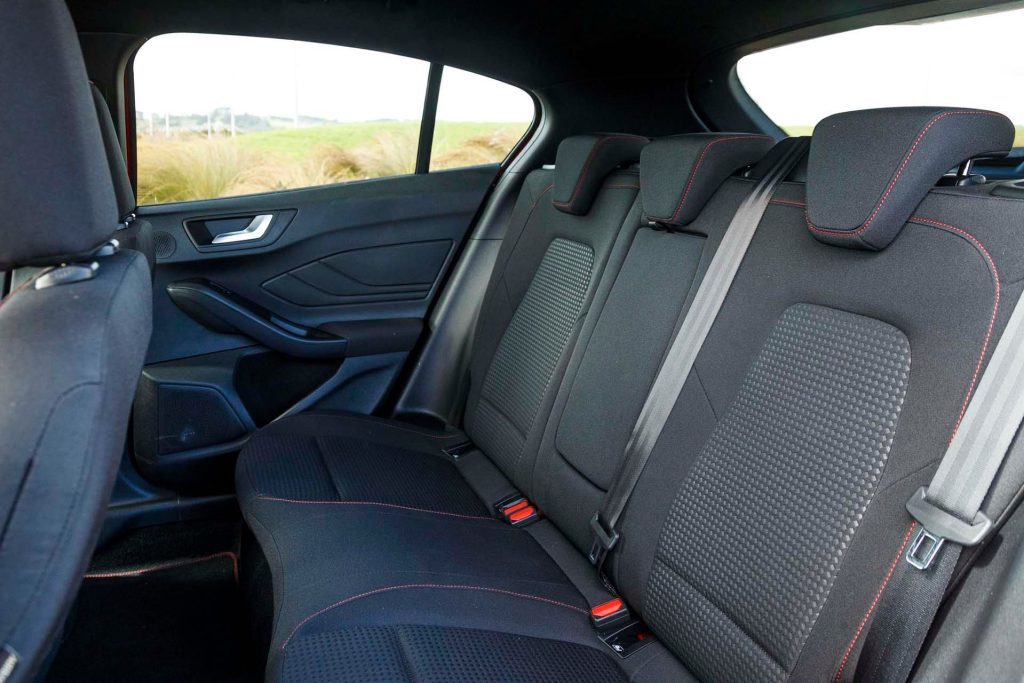
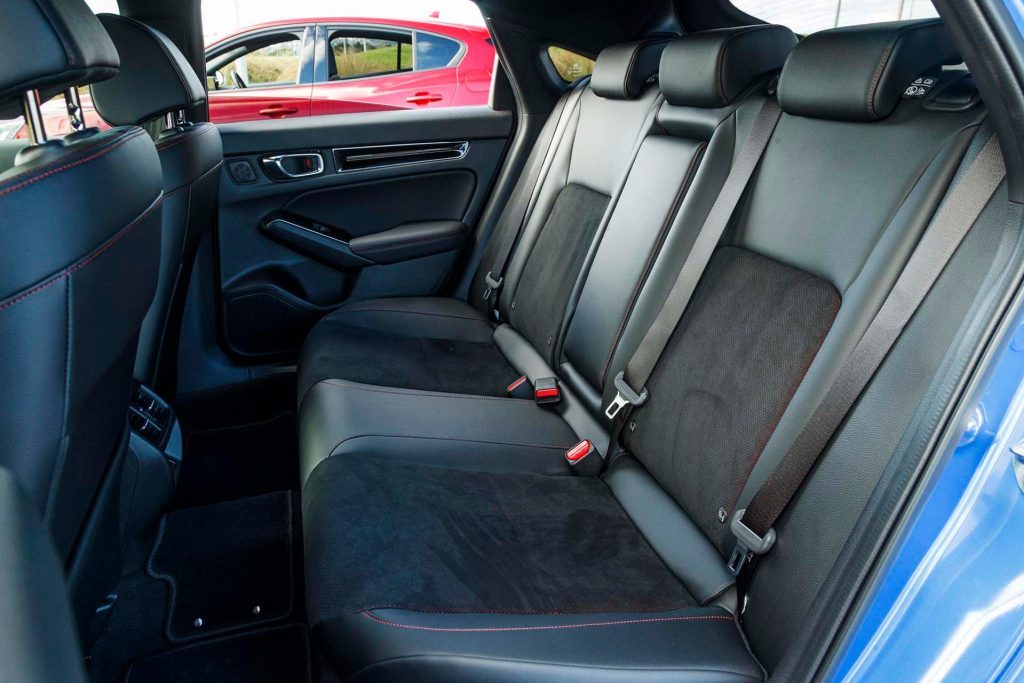
By comparison, the Civic output is up by 4kW to 131kW and torque by 20Nm to 240Nm, while the WLTP overall fuel use figure is 7.0L/100km and 165g/km. We averaged in the sevens too. The 0-100 claims are 8.2sec for the 1369kg Civic, and 8.4sec for the 1363kg Focus.
If it’s spec you’re after these two are close, with perhaps the edge to the Focus. For it comes with a rudimentary form of head-up display (reflected onto a small perspex screen) and a vastly larger touchscreen. The latter is pretty nifty, for its HVAC controls are permanently seen along the bottom of the screen, easy. Even simpler are the tactile knobs of the Honda dual zone system, but they’re both logical in use. We admired the one-touch button on the end of the indicator to extinguish lane keeping in the Focus. It’s an easy enough three-step process in Civic, achieved within the instruments. Focus also gets sonar front and rear, and park assistance, where there’s none of these on the Mugen. The reversing camera in the Focus is huge by virtue of its enormous screen.
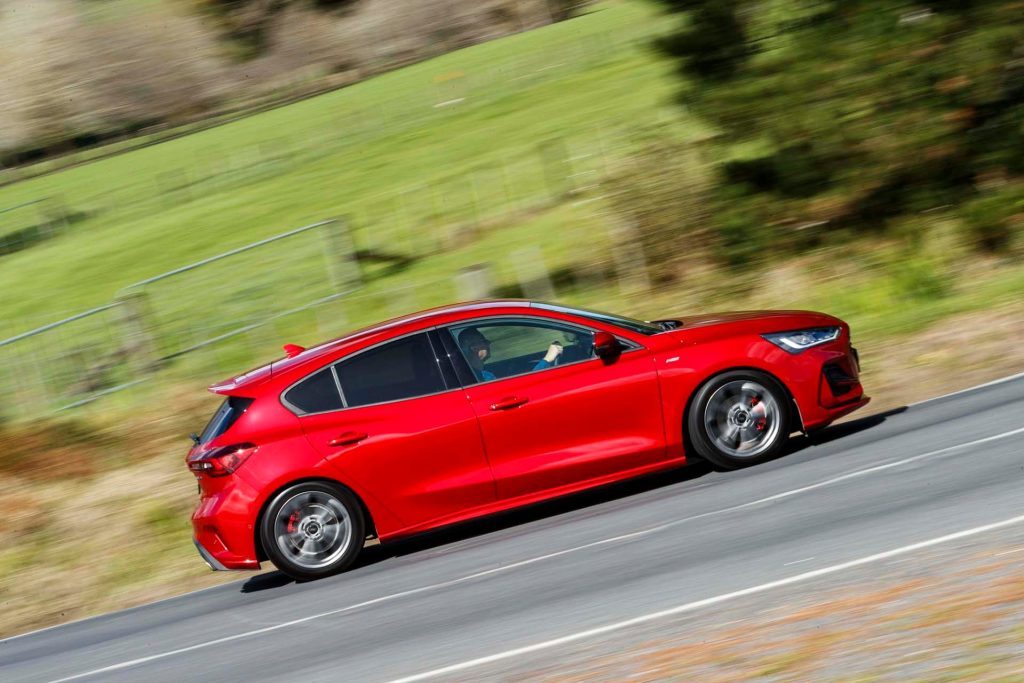
Both get Qi chargers, keyless entry and pushbutton start, full LED lighting, adaptive cruise with stop and go, lane keeping, AEB, and a trio of drive modes but only Focus has traffic sign recognition. Both have premium sounds, the Ford via a 10-driver B&O, the Civic a 12-speaker Bose, each with dedicated subwoofer. Neither gets a powered tailgate.
Seating is electric in the Civic, manual in the Focus, while both have seat heating. Only Ford bothered to offer manual lumbar adjust. But it’s needed more in the Civic so while its suede and leather pews look better, they not as ergo-friendly as the Ford’s. However, ride quality in the Civic is a smidge better, by virtue of its truly independent rear end, and with its 35mm stretch in wheelbase there’s a bit more legroom out back as well. Peering into the boot you’d swear the Civic’s is bigger (414-1212L), along with a hidden underfloor area of 45L, very nifty. But perhaps it’s the lack of a regular cargo cover that makes it look larger, or the bigger opening. Focus area is a claimed 443-1320L. Both have easy split folding, with a single tier space the result.
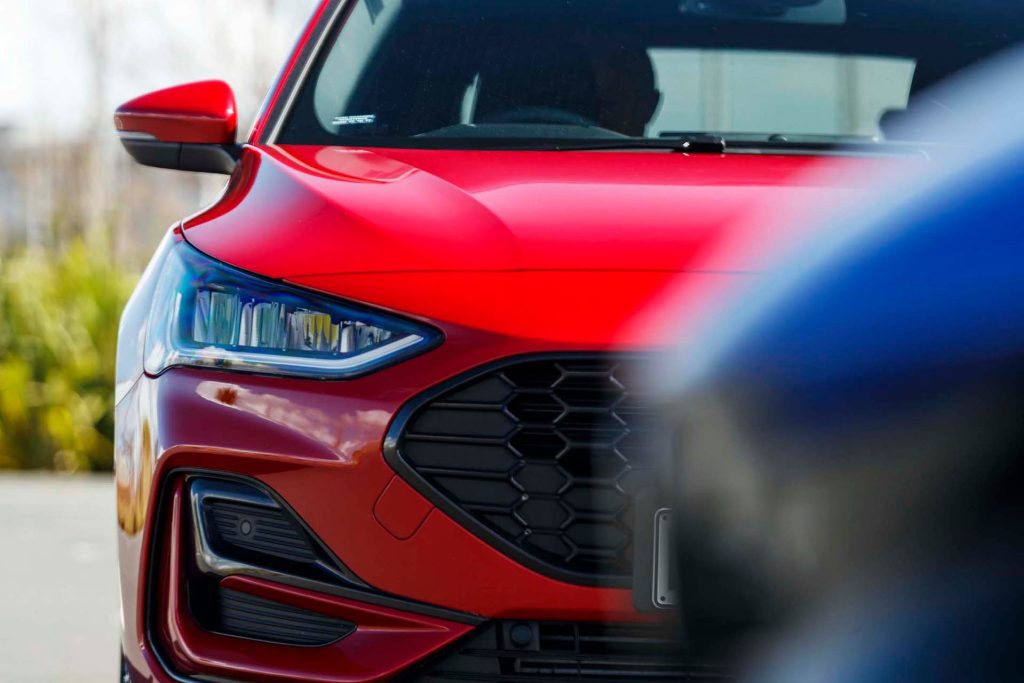
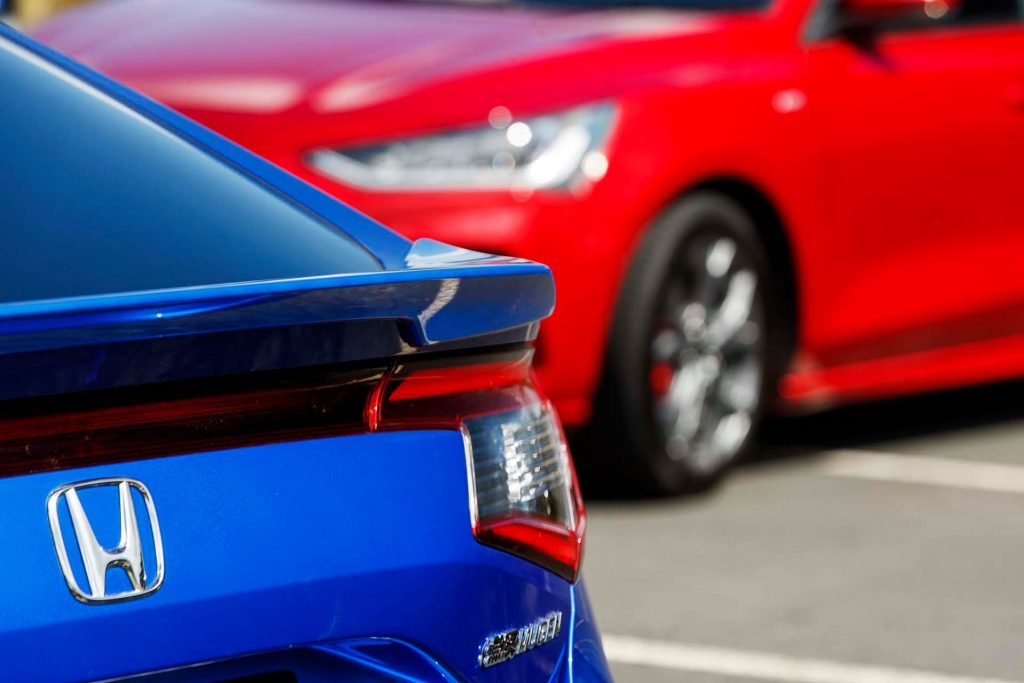
On the go, these are both free and easy in town, as you’d expect given forced induction plus or minus electric enervation. The Mugen is a bit more vocal with its sports exhaust, while you can scarcely hear the Focus engine, its little 1.0 three pot well silenced. Being a triple it vibrates more at idle. That said, both cars have stop and go, and both are up and away quickly, with scarcely any lag.
The pair are also close for performance, the win going to the more powerful Civic but not by much, about half a second for the sprint, one-quarter for the overtake. You get the most out of the Focus in Sport mode but it’s also fine in Normal, so too the Mugen only a bit more so. Brake distances were neck and neck but the pedal is a tad more feelsome in the Focus.
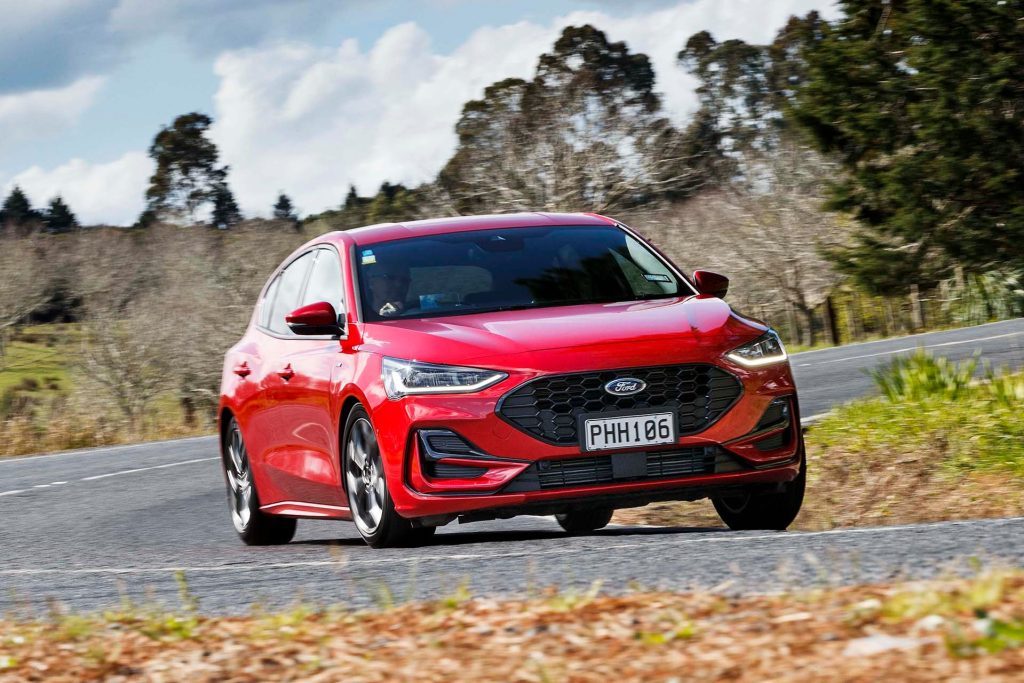
Both have paddle shifters, neither of which come in for much use. A twin-clutcher is sportier than a CVT but the Civic’s is one of the better modern ones, not flaring much and doing mock upshifts under the pump as well. In Sport mode the Civic keeps engine speeds above 2000rpm so that’s in part why we left it in Normal to eke out the economy.
If you’re after these for a mix of performance and fuel use, there’s not much between them. The Focus probably has the potential to use less but the Civic runs on 91 so yeah. You’d buy them otherwise for other reasons.
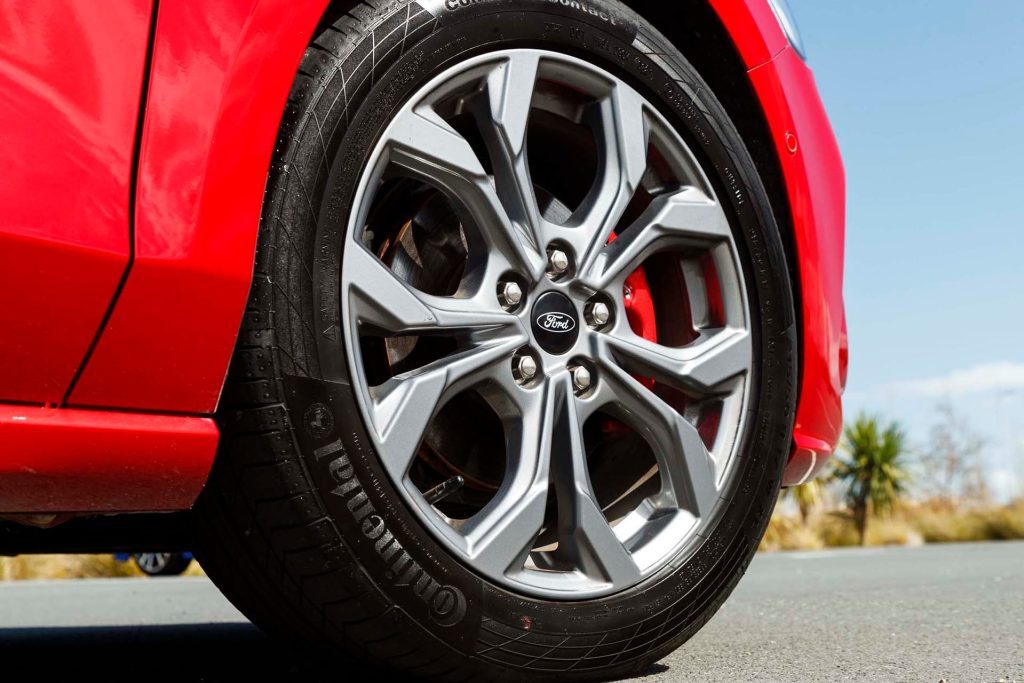
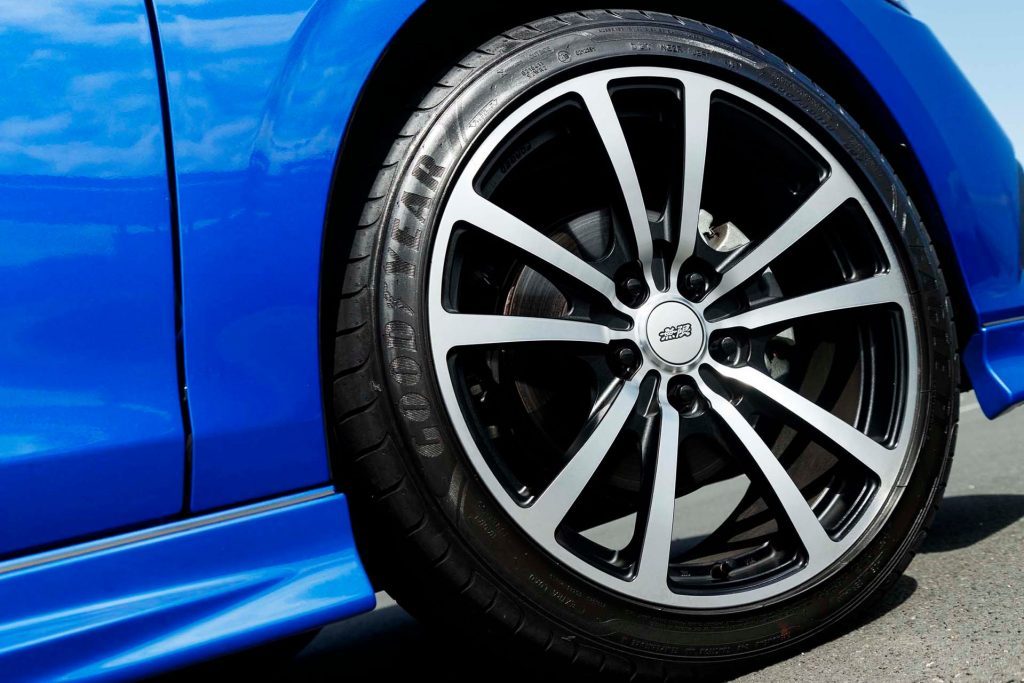
And what might they be? Well, both have characteristics that may put buyers off, the Focus ride a touch firm at times over uneven or broken surfaces. That’s in part because it uses a torsion beam rear axle, the suspenders with a sports tune. The Civic is firm-ish too, but in a controlling way and is slightly more civilised in the ride department. It’s also a better handler, the rear following the front more faithfully. Here they are top of their tiny class. However, as a drive you’d still probably go for the Focus. Yes, the Civic can carry slightly higher corner speeds given added rubber and more sophisticated suspension but the Focus has some of the best electric steering in the business, fast turning and tactile too, especially with its soft-touch foam-backed leather-clad wheel.
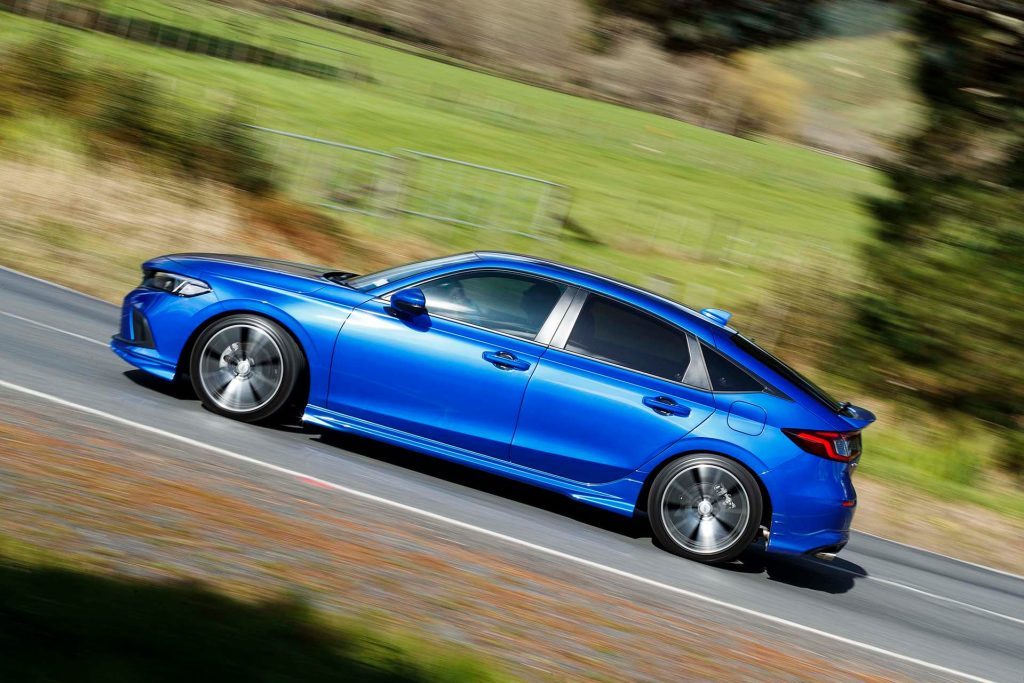
And there’s another side to the extra rubber. Despite installing more sound deadening, the Eagle F1s on the Civic are simply too vocal on most grades of coarse chip seal. We recorded a mean of 77.2dB in cabin over our reference worst section of road, where a day prior the Focus had registered 74.5dB. The Focus is hardly reference-level serene either, if compared with any like-priced crossover, but it’s a cost we’d be prepared to pay for the dynamics that are on another level. Both resist understeer brilliantly but the Focus wheel better reflects what’s going on at ground zero. The cabin crescendo in part ruins the great dynamics the Civic is so clearly capable of producing. It even masks the sporty exhaust noise, at least on our average rural roads.
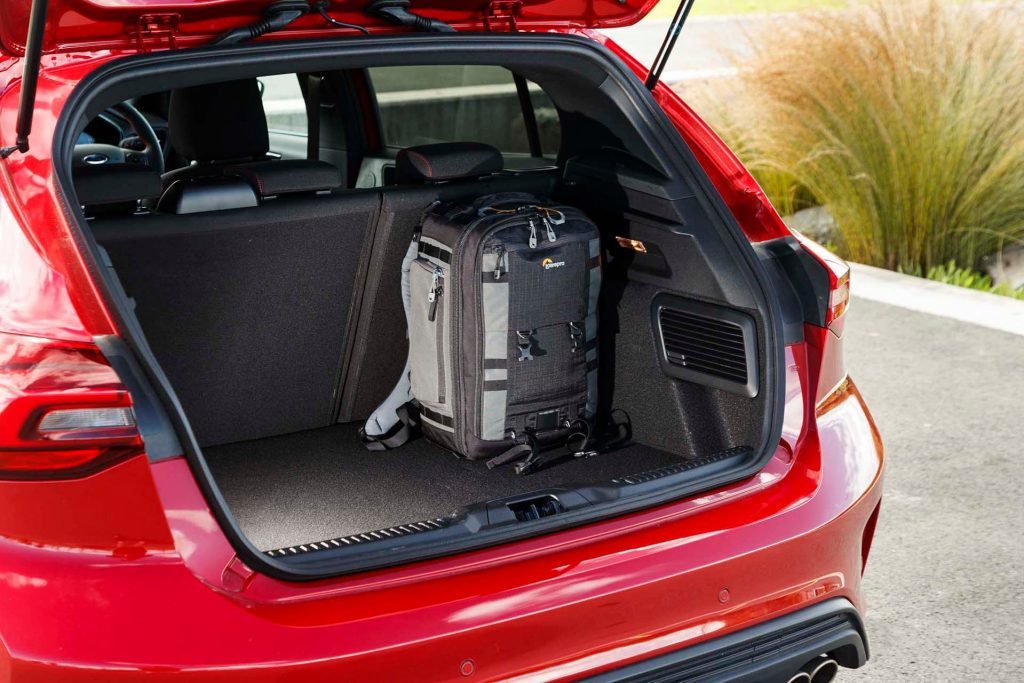
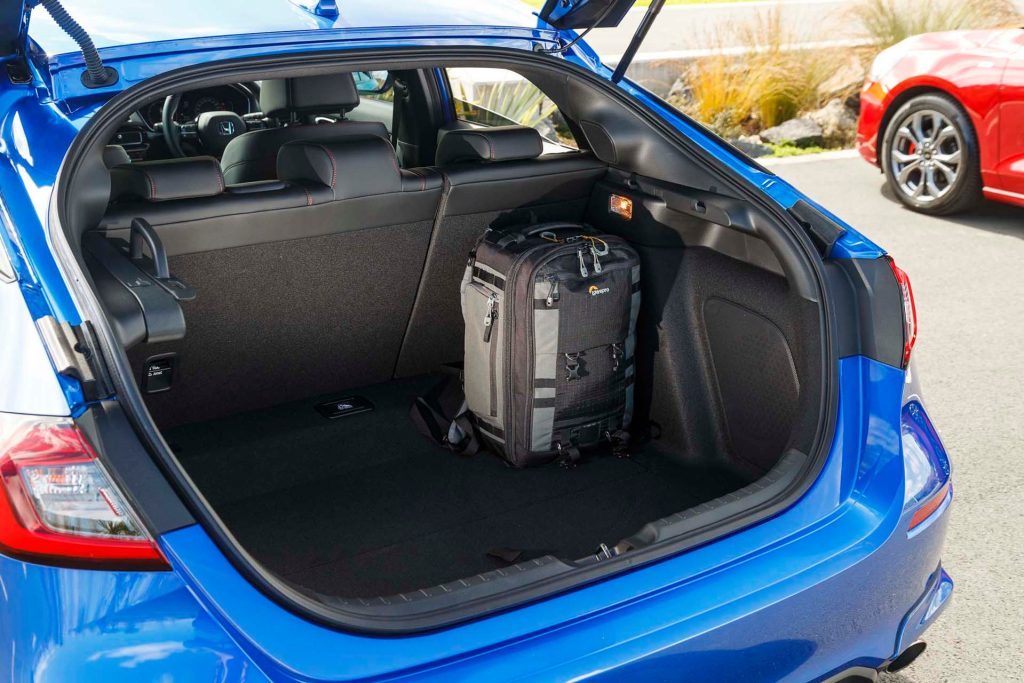
There’s one other aspect that may sway potential buyers towards Focus; it still looks a peach, and inside is more welcoming now too. They could learn a thing or two from Honda about making their doors shut with proper conviction. The Honda look is more of an acquired taste, great from some angles, not so much from others. That’s my opinion of course, YMMV.
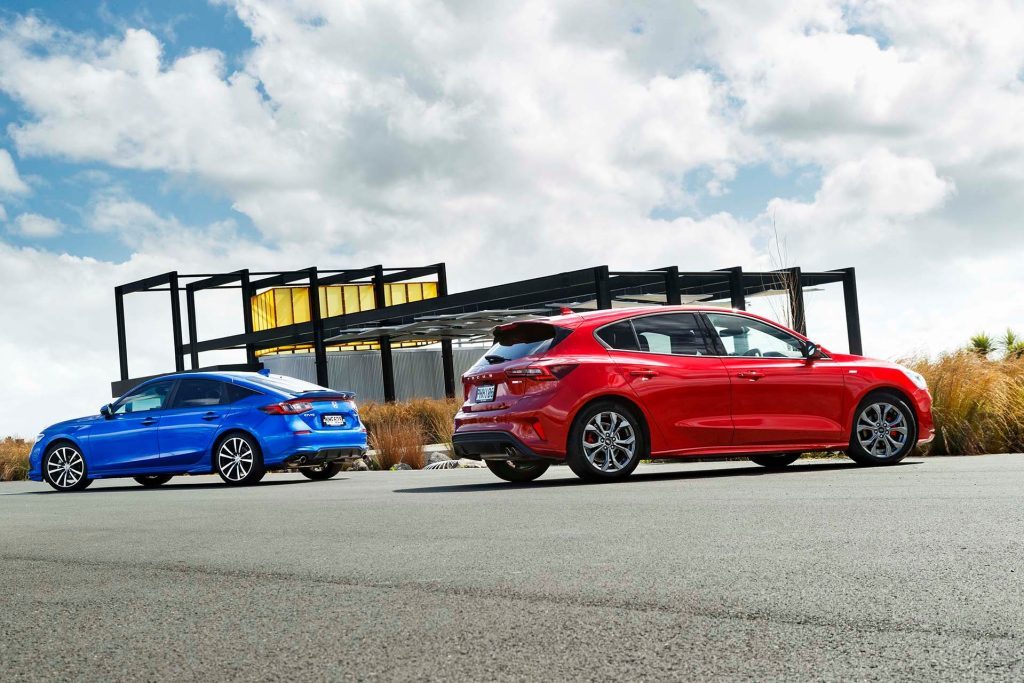
While it’s not quite to the build quality of the Civic, nor quite as roomy overall, the Focus does enough to see it off, with similar dynamics, performance, and utility features, slightly better economy and spec, a better look to my mind, and it’s less expensive, which nails it. Moreover, there’s a base Active model that has the same mechanicals, and higher ride height with slightly less specification and moderately less price. Further, both Ford models are eligible for rebates of around $2500 where Civic is fee-neutral. That makes the Active around $36k plus ORCs, and up against the least expensive Civic, the Sport, that’s a similarly decent car for around $10k less. And even the circa $7k saving of the ST-Line X makes all the difference in this comparison.
| Model | Ford Focus ST-Line X MHEV |
| Price | $42,990 |
| Clean Car Discount | Rebate – $2593 |
| Engine | 999cc, IL4, T, DI |
| Power/Torque | 114kW/190Nm |
| Drivetrain | 7-speed twin clutch, FWD |
| Hybrid system | 130kW/240Nm |
| Fuel Use | 4.8L/100km |
| C02 Output | 117g/km |
| 0-100km/h | 8.32sec |
| 80-120km/h | 5.59sec (157.3m) |
| 100-0km/h | 34.65m |
| Stability systems | ABS, ESP |
| Safety | AEB, ACC, BSM, LDW, RCTA, ALK, AHB |
| Luggage Capacity | 443-1320L |
| Tow rating | 690kg (1500kg braked) |
| Service intervals | 12 months/20,000km |
| Warranty | 5 years/unlimited km |
| ANCAP rating | 5 stars (2019) |
| Weight | 1363kg (claimed) |
| Model | Honda Civic Mugen |
| Price | $52,000 |
| Clean Car Discount | Neutral – $0 |
| Engine | 1498cc, IL4, T, DI |
| Power/Torque | 131kW/240Nm |
| Drivetrain | CVT, FWD |
| Fuel Use | 7.0L/100km |
| C02 Output | 165g/km |
| 0-100km/h | 6.65sec |
| 80-120km/h | 5.24sec (150.3m) |
| 100-0km/h | 34.31m |
| Stability systems | ABS, ESP |
| Safety | AEB, ACC, BSM, LDW, RCTA, ALK, AHB |
| Luggage Capacity | 445-1257L |
| Tow rating | not rated to tow |
| Service intervals | 12 months/10,000km |
| Service plan | $950, 3 years/45,000km |
| Warranty | 5 years/unlimited km |
| ANCAP rating | 5 stars (2017) |
| Weight | 1369kg (claimed) |


